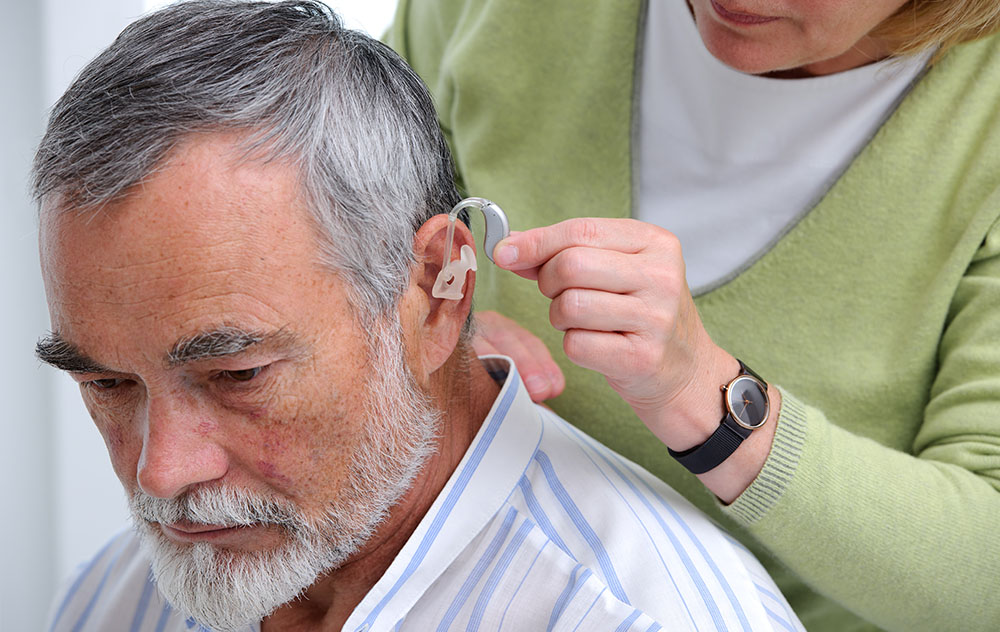Importance of Hearing Protection
Hearing is important. We use our hearing to listen to our loved ones speak

By: admin | October 25, 2017
When you first came to terms with your hearing loss, your primary focus was on the hearing test. As such, you were probably surprised to learn you need another long appointment to fit the device.
The fitting appointment may be the first of several, depending on how well you adjust to the device. The aim of the appointment is to:
This can be a lot of information to digest in one lump. In the same way you took a friend to the hearing test as an extra pair of ears, it can be helpful to do so again for the fitting appointment.
The appointment entails much more than collecting your device; it’s the start of training you to use it. This takes time, so be sure to arrange the appointment for when you’re not in a rush. Clock-watching will do you a disservice, as you may miss important information that makes a material difference to using your new device.
Much like taking a companion to the hearing test, having an extra pair of ears present is invaluable. Your friend may remember points you forgot, and catch instructions that you were hazy on at the time. It’s also a great help once you get home, to have some to ask if you aren’t sure how to follow an instruction.
From ‘How long does the battery last?’ to ‘What shouldn’t I do with a hearing aid?’ plenty of questions are bound to occur to you. However, once at the clinic, those questions have a habit of flying out of the head, which is why writing them down in the comfort of your own home is a good idea. Audiologists love lists because it gives them an opportunity to better understand your needs and then assist you.
Take along a pen and paper, and don’t be afraid to take notes. While the audiologist will likely give you printed instructions, it’s also helpful to jot down their answers to specific queries. Once you get home, forgetting what was said is fairly common, so dodge the mental blank by taking notes.
Once using the device in the real world, questions may continue to arise. Ask the audiologist how best to reach them (phone or email?) should the need arise. After all, your audiologist wants you to have the best hearing possible and welcome questions that make that difference.

Hearing is important. We use our hearing to listen to our loved ones speak
By: admin | March 5, 2019
